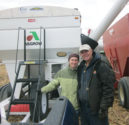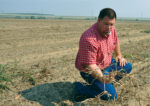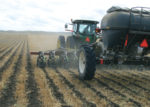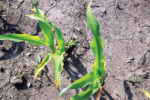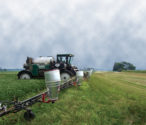Second Generation ‘Kover Kroper’ Seeds Covers Quickly, Effectively
The latest high-clearance cover-crop seeder debuting at VanTilburg Farms holds 3,000 pounds of product and can apply cover crops, wheat or urea into standing crops.
Read More


